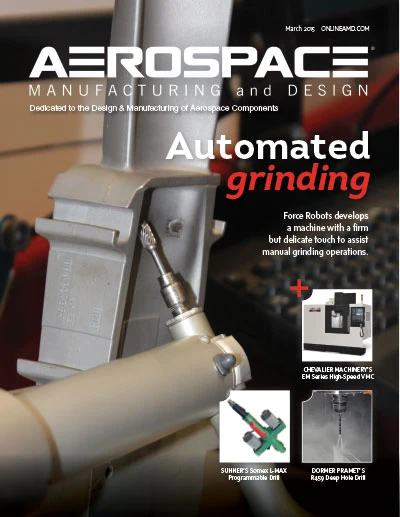 Eric Brothers Eric BrothersSenior Editor ebrothers@gie.net |
Data from the U.S. Census Bureau presages a milestone: The population of Millennials – people age 18 to 34 – will increase in size to 75.3 million this year. They will eclipse the Baby Boomers, born 1946 to 1964, who numbered 75.4 million in 2014. The Boomers have long reigned as the largest population group, garnering the most attention since marketers and demographers began tracking its members just after World War II. As Boomers reach retirement age, who will take their place? Boomers, age 51 to 69, are now opting to leave the workforce or are faced with mandatory retirement at age 71. Many have stayed on the job because of significant financial losses during the Great Recession, and Social Security has pushed back the optimum retirement age. People 65 to 69 working full- or part-time went from 22% in 1990 to 30% in 2010. This increase in Boomers reluctant to leave the workforce has temporarily slowed the imminent need to replace their skills. But the improving economy will likely increase the rate of retirement for Baby Boomers, if thinning of the herd by age alone does not propel it, amplifying the need to induct suitable, capable replacements. Does your organization have a succession plan in place? If not, the Internet is full of business succession planning tools and templates. Who have you groomed for leadership in your organization? There are not enough Generation-X workers (ages 25 to 50) to fill the void created by the mass exodus of Boomers. With 10 million fewer people than Boomers, there are fewer Gen-Xers to step into leadership roles. And, according to the Millennial Impact Report sponsored by the philanthropic organization, the Case Foundation, five years from now, millennials will make up 50% of the workforce. This will make them the majority of your co-workers and employees, notes Derrick Feldmann, lead researcher and president of Achieve, the company that produced the report. Will they be trained well enough to carry on your company’s vision? Will they have the skills to meet your customers’ expectations? Demographers note that Millennials have a culture driven by ideas, optimism, immediacy, independence, and lack of structure. Are these attributes part of your company’s work culture now? If recruitment efforts are to succeed, the Millennials’ desires will have to be addressed. One of the ways to ensure a steady supply of new workers is apprenticeship programs. The National Institute for Metalworking Skills (NIMS) offers details on starting a competency-based apprenticeship program at its NIMSready.org website. The system lists core competencies to master and NIMS credentials for CNC machinists, programmers, and operators; machine builders; machine tool maintenance technicians; mold makers; and tool-and-die makers. The system enables companies to hire individuals with nationally recognized skills while training them to company-specific needs through a blend of classroom and real-world experiences. Apprentices learn and progress through the training by mastering and performing certain skills and competencies before advancing. According to the U.S. Bureau of Labor Statistics, the retention rate is 87% for apprentices who become full-time employees. If you have an apprenticeship program, please let us know. We’d like to learn of your challenges and successes. – Eric |
Get curated news on YOUR industry.
Enter your email to receive our newsletters.

Explore the March 2015 Issue
Check out more from this issue and find your next story to read.
Latest from Aerospace Manufacturing and Design
- Registration is open for April’s Manufacturing Lunch + Learn!
- Natilus begins search for new home to build world's most efficient commercial aircraft
- Aerospace Industry Outlook webinar is back by popular demand
- Automation Webinar with Visual Components
- PrecisionX Group expands manufacturing operations
- Creaform Metrology Suite expands capacities
- United Performance Metals acquires Fabrisonic
- OES’ 30mm vertical lift stage





